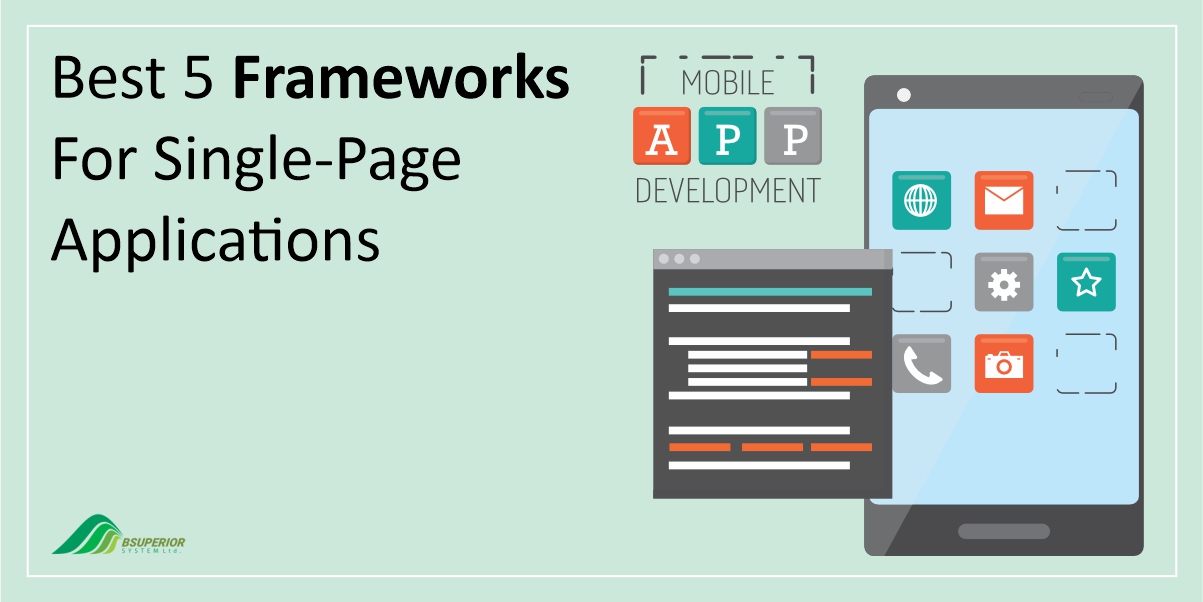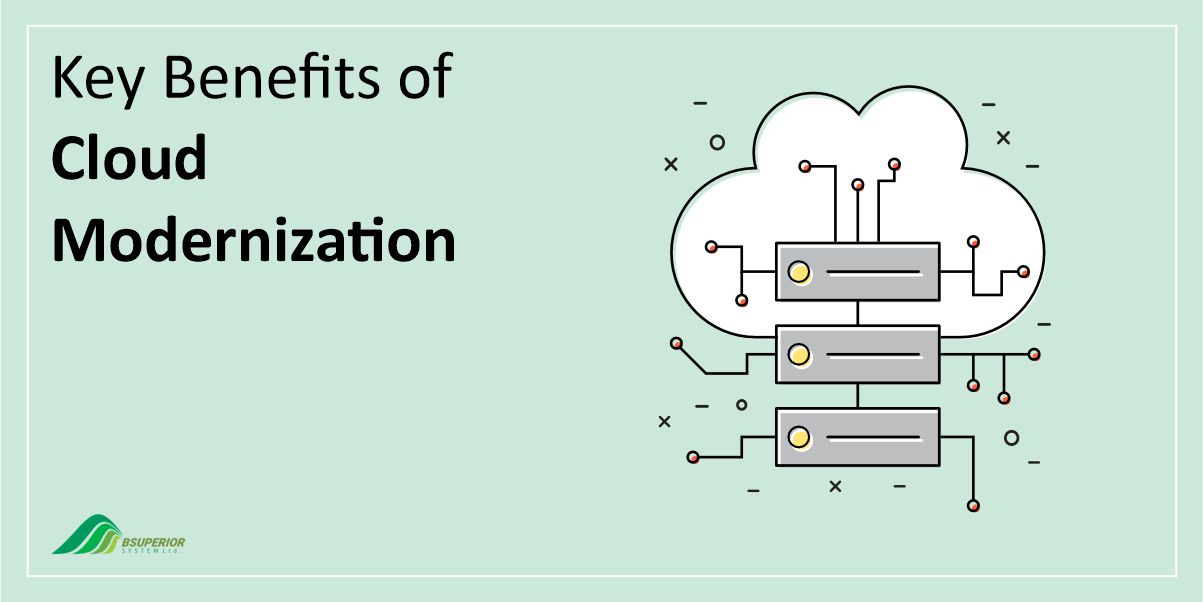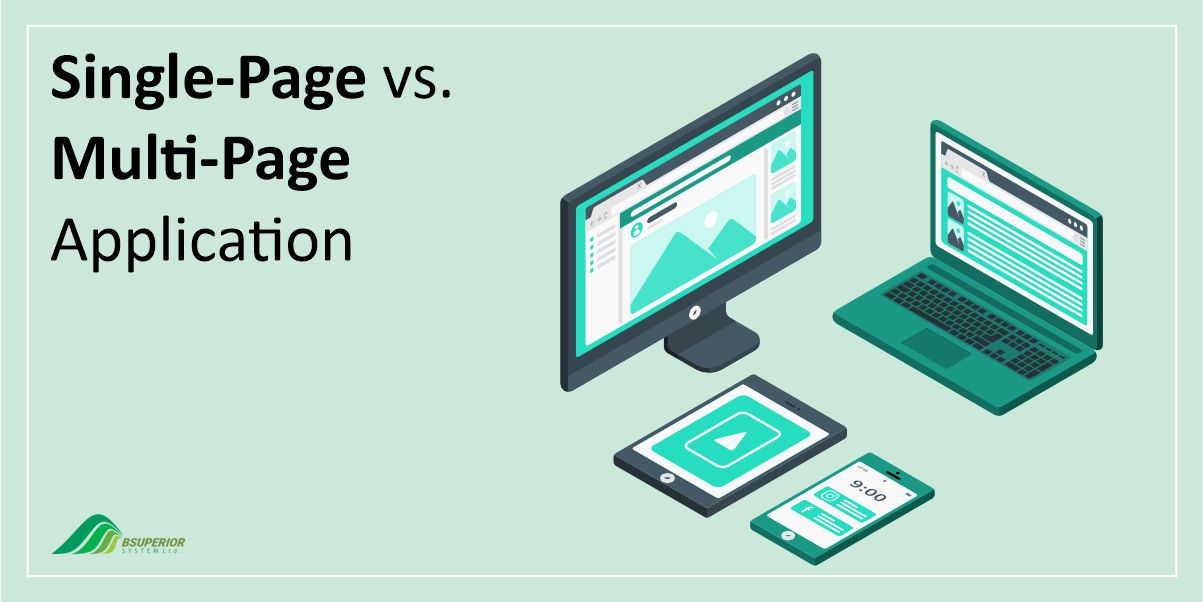Lean vs. Scrum in Software Development [Ultimate Article]
![Lean vs. Scrum in Software Development Lean vs. Scrum in Software Development [Ultimate Article]](https://bsuperiorsystem.com/wp-content/uploads/2024/03/Lean-vs.-Scrum-in-Software-Development.jpg)
One of the most important decisions that you have to make one way or another over the course of a project is picking the right project management methodology.
Lean and Scrum are two of the most popular and widely used approaches in software development. In what follows, we’ll cut through the jargon and take a closer look at the similarities and differences of Lean vs. Scrum.
What is Lean?
Lean development in software is all about cutting out unnecessary steps and getting things done efficiently.
It’s based on ideas from lean manufacturing, which started in Japan back in the 1940s with Toyota. This approach works well for both mobile apps and websites.
The goal is to create a streamlined process that delivers value to customers without wasting time or resources.
Techniques such as mapping the development flow, delivering features only when needed, and always looking for improvements help achieve this.
Lean thinking is applied throughout the software development lifecycle, from planning the project to getting it out there.
Read More: Lean vs. Agile Software Development: Differences and Similarities
What is Scrum?
Scrum is a teamwork-focused approach to building software that emphasizes getting things done quickly and efficiently.
It breaks down projects into short, manageable phases called sprints. This allows teams to get quick feedback and adjust their work based on new information or changing priorities.
Scrum has a specific structure with clearly defined roles and activities. Teams are typically small and self-organized, with 5-7 members.
There’s a Scrum Master who helps the team stay on track with Scrum practices but doesn’t dictate tasks. Another key member is the Product Owner, who sets the vision for the project, works with stakeholders and ultimately approves the team’s work.
Team members have a mix of skills and work together, i.e. there are no separate roles for programmers, designers, or testers. They all collaborate to deliver a working piece of software at the end of each sprint.
Lean vs. Scrum: Who Uses What?
Originally developed for manufacturing, Lean is now adopted in various industries like marketing, publishing, software development, and engineering.
Popular in software development, Scrum’s usefulness has spread to marketing and IT. Scrum is a good fit for projects with ambiguity and complexity.
Even leadership teams use Scrum, often combining it with other project management practices like Kanban and Lean for a more customized approach.
Lean and Scrum: The Main Similarities
Scrum and Lean share a number of core principles that contribute to their success.
- Teamwork: Both methods emphasize close collaboration among team members. It’s the people who get things done, not fancy tools.
- Customer Centricity: Delivering value to the customer is the main goal. Scrum allows for ongoing adjustments to meet customer needs, while Lean minimizes waste to ensure the final product fulfills those needs precisely.
- Daily Huddle: Both approaches encourage short daily meetings (like Scrum’s Daily Scrum) where teams discuss progress, identify roadblocks, and plan for the day ahead. This keeps everyone informed and aligned.
- Continuous Improvement: Both Scrum and Lean embrace the concept of Kaizen or continuous improvement. They encourage constant learning and adaptation to ensure they deliver the most value possible.
Lean vs. Scrum: The Key Differences
Lean and Scrum are both powerful frameworks for software development that excel in different areas. Let’s see what sets them apart.
1. Team Structure
- Lean: Emphasizes value delivery and waste reduction over specific roles. While teams are often cross-functional, the main goal is to streamline processes and eliminate anything that doesn’t add value to the final product.
- Scrum: Focuses on cross-functional teams that work together seamlessly. These self-organizing teams manage projects, collaborate closely, and have a dedicated Scrum Master as a guide.
2. Process
- Lean: Prioritizes waste reduction and process optimization. It focuses on eliminating unnecessary steps and procedures that don’t contribute value to the final product.
- Scrum: Employs an iterative approach with frequent testing and feedback loops. Software is built in small, incremental steps allowing for continuous improvement and adaptation to changing needs.
3. Feedback
- Lean: Values rapid feedback but the goal is to minimize waste and maximize value. Lean emphasizes getting early input to make sure that the team is building the right product from the start.
- Scrum: Places a premium on continuous communication between teams and stakeholders. Regular collaboration ensures the software aligns with evolving needs and specifications.
4. Core Values
- Lean: Built on continuous improvement, respect for people, and waste reduction. Lean focuses on constantly refining the process, valuing people’s contributions, and removing anything that doesn’t add value.
- Scrum: Founded on transparency, inspection, and adaptation. This means being open to changing requirements, regularly checking the work, and adapting the process as needed.
Lean vs. Scrum: Pros and Cons
Lean Pros
Lean development offers a toolbox of benefits for software development teams.
- Waste Reduction: Lean helps identify and eliminate waste in the development process, like unnecessary features, bugs, and rework. This frees up resources and lets teams focus on delivering real value to customers.
- Continuous Improvement: Lean fosters a culture of learning and adaptation. Through regular reviews, teams can pinpoint areas for improvement and make iterative changes to their process.
- Fast Delivery: Lean prioritizes delivering features just in time, which can significantly reduce the time it takes to bring products to market. This is a major advantage in industries where time is of the essence.
By getting core functionalities out the door quickly, teams can gain a competitive edge and capture market share. - Teamwork: Lean promotes teamwork and communication, breaking down silos and encouraging cross-functional collaboration.
This fosters a more integrated and efficient development process. By working together and sharing resources, teams can deliver better products faster. - Resource Efficiency: Lean helps teams get the most out of their resources by reducing waste and boosting efficiency. By focusing on value delivery and continuous improvement, teams can create high-quality software faster and with fewer resources.
Lean Cons
Lean offers several essential upsides. However, there are also some limitations to consider.
- Culture Change Hurdle: Implementing Lean often requires a significant cultural shift within a team or organization. This can be challenging, as people may need to adapt to new ways of working.
- Cutting Corners Trap: The emphasis on waste reduction can sometimes lead to an over-focus on cost-cutting at the expense of quality. Teams need to strike a balance between efficiency and delivering a well-built product.
- Limited Scope: Lean excels in production environments and for projects with well-defined tasks. It may not be as effective for highly complex or creative endeavors that require more flexibility and exploration.
Scrum Pros
Scrum might seem complex at first glance with its specific roles and meetings. But these rules are what unlock its true strengths.
- Clear Visibility and Transparency: Daily meetings keep everyone informed about who’s working on what, preventing confusion and misunderstandings. Issues are identified early on which allows the team to address them before they snowball.
- Team Ownership: Scrum ditches the traditional project manager. Instead, the team decides what they can achieve in each sprint.
This fosters collaboration and makes everyone accountable for the project’s success. - Adaptability: Short sprints and continuous feedback loops make Scrum highly adaptable. New requirements or changes in direction can be easily incorporated into upcoming sprints during backlog refinement meetings.
- Cost-Effectiveness: Constant communication keeps the team on top of issues and changes.
Developing and testing features in smaller chunks allows for early detection and correction of mistakes that will lead to saving money in the long run.
Read more: What is an API Development? The Things You Should Know
Scrum Cons
While Scrum offers many benefits, it’s important to be aware of its potential drawbacks to see if it’s the right fit for your project.
- Learning Curve: Scrum requires a skilled team. If your team is new to the framework, there’s a learning curve. Training can be expensive, so factor that into your decision.
- Project Scope: Scrum’s flexible nature can lead to scope creep if the team isn’t highly committed. Without a fixed end date, projects require ongoing cooperation to avoid delays or failure.
- Scaling Complexity: Scaling Scrum for massive projects can be tricky. Extensive training and precise coordination are crucial to make it work effectively at a larger size.
While some adaptations for bigger teams exist, they can be complex to understand and implement. - Organizational Shifts: Successfully adopting Scrum is very likely to require significant organizational changes. Departments may need to collaborate in entirely new ways, and the company will need to establish new structures to facilitate this teamwork.
That’s why, you should be prepared to adapt your company culture to support Scrum’s collaborative approach.
Lean vs. Scrum: Which One You Should Pick?
While both Lean and Scrum offer valuable approaches, the best fit depends on your specific needs.
Go with Lean
If your business revolves around selling established products to a loyal customer base, and even small process improvements can significantly impact your bottom line, then Lean’s focus on optimizing existing processes will be probably more ideal.
Go with Scrum
Are you spearheading the development of an entirely new software or product? In this case, Scrum’s framework, with its emphasis on flexibility and rapid iteration, might be a better fit.
Read more: What is MVP in Software Development? Types and Differences
The Best of Both Worlds
You don’t have to choose just one! Lean and Scrum can be applied simultaneously in different parts of your organization. For instance, you could use Lean to optimize processes for existing products, while utilizing Scrum for new product development.
Final Words
Regardless of which approach you choose, there’s a high chance your project management process can benefit from some improvement. Both Scrum and Lean are established software development frameworks, each with its own strengths.
Lean emphasizes streamlining the development process by eliminating waste and maximizing value for the customer. Scrum, on the other hand, provides a structured set of rules and procedures for managing and executing software development projects.
The ideal choice hinges on several factors, including your company size, business model, and project specifics, and at the end of the day, the best framework depends on your team’s and organization’s unique needs and goals.
We value your input and believe this content may enhance our services. However, it's under review. If you see room for improvement, please use the "Report an issue" button below. Your feedback helps us excel.
Contact us today at –– and speak with our specialist.




